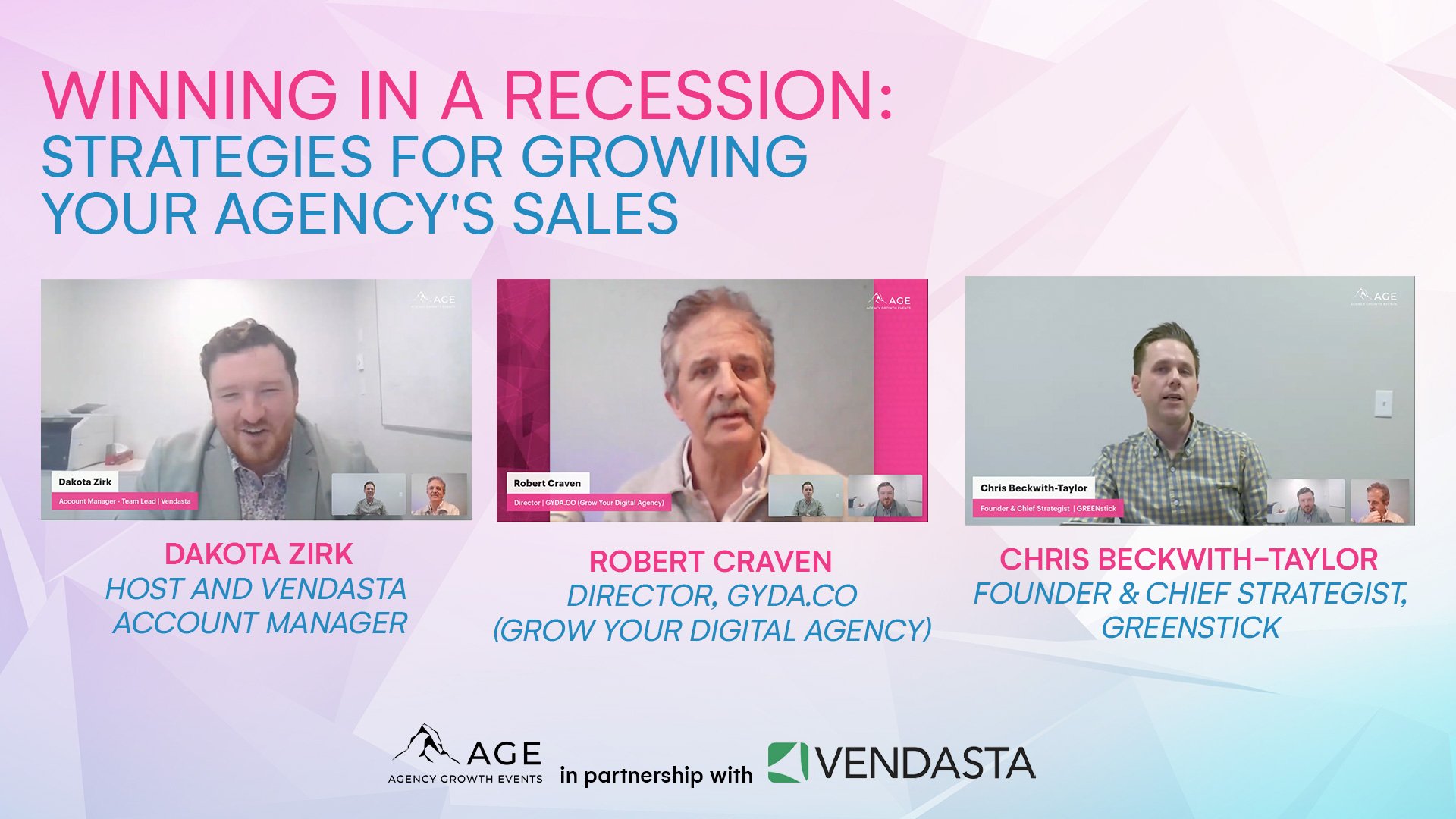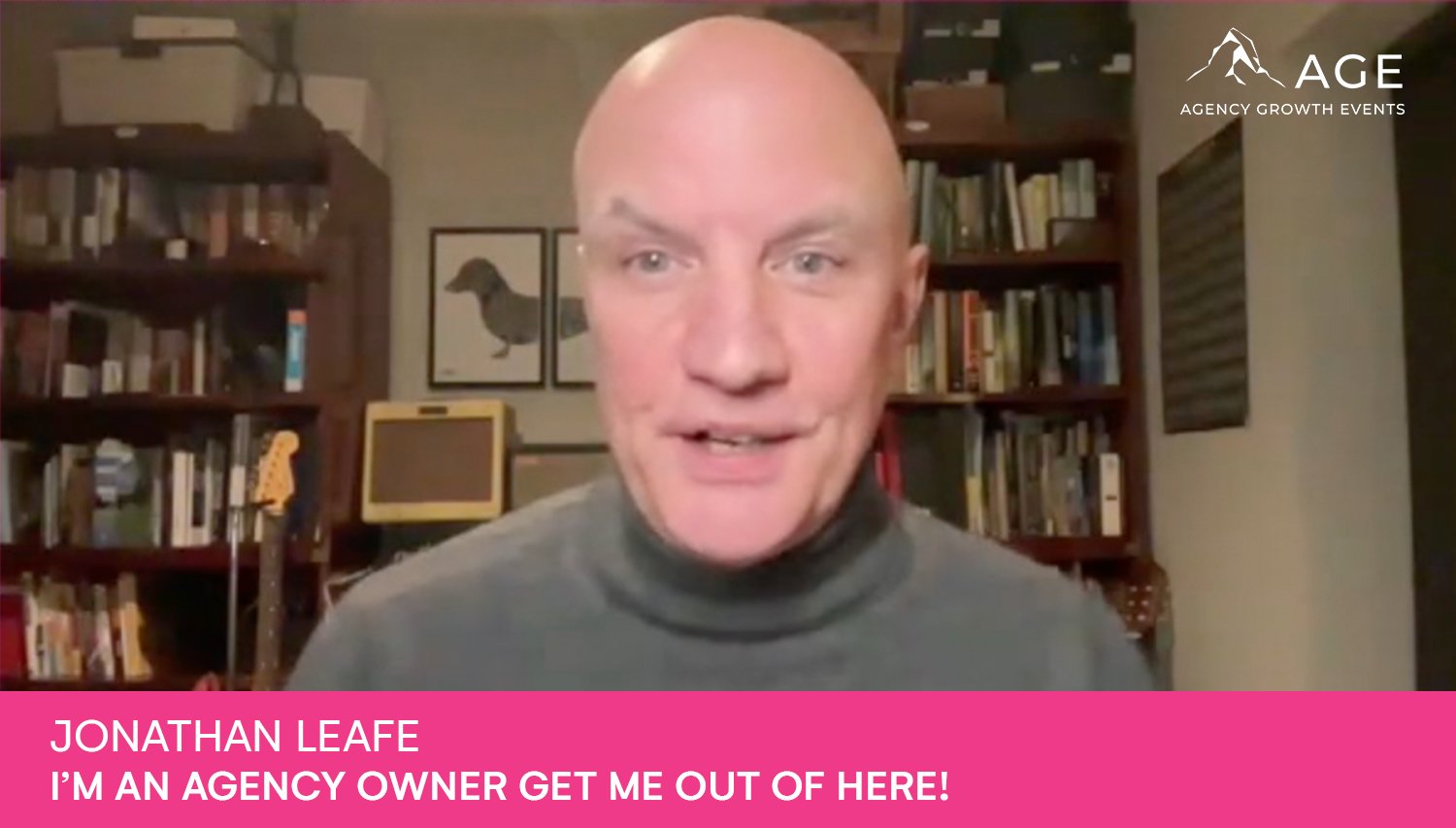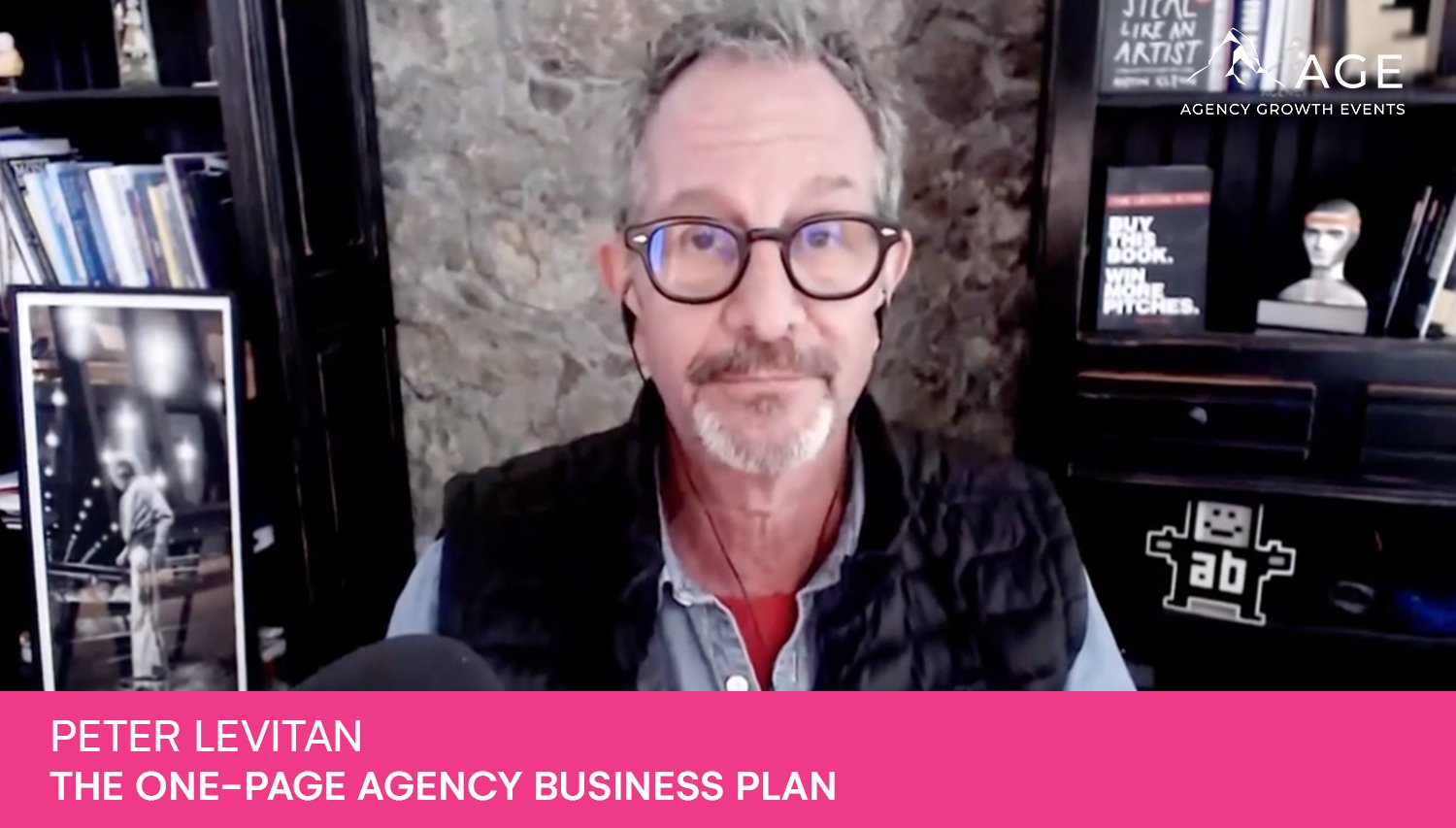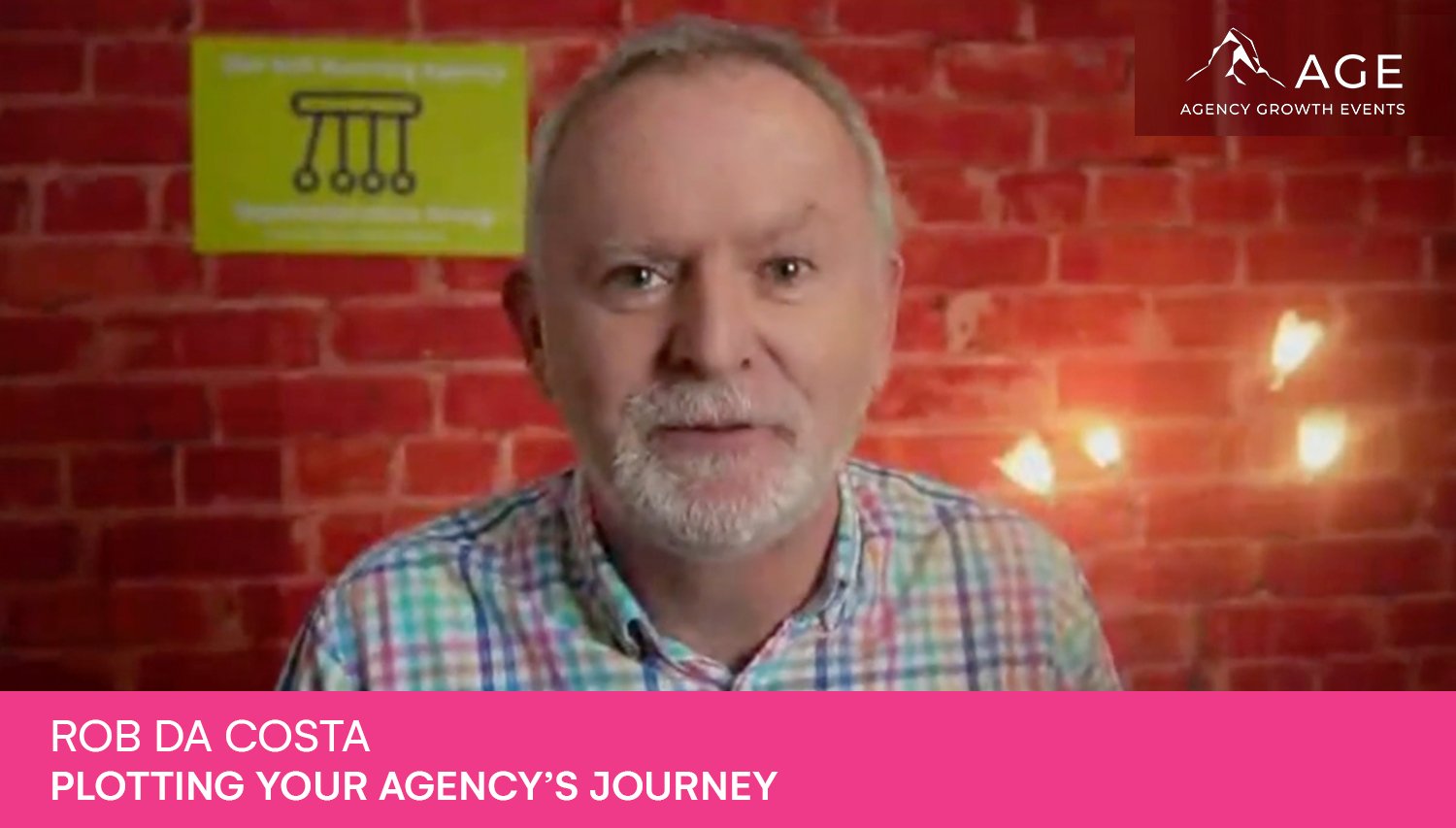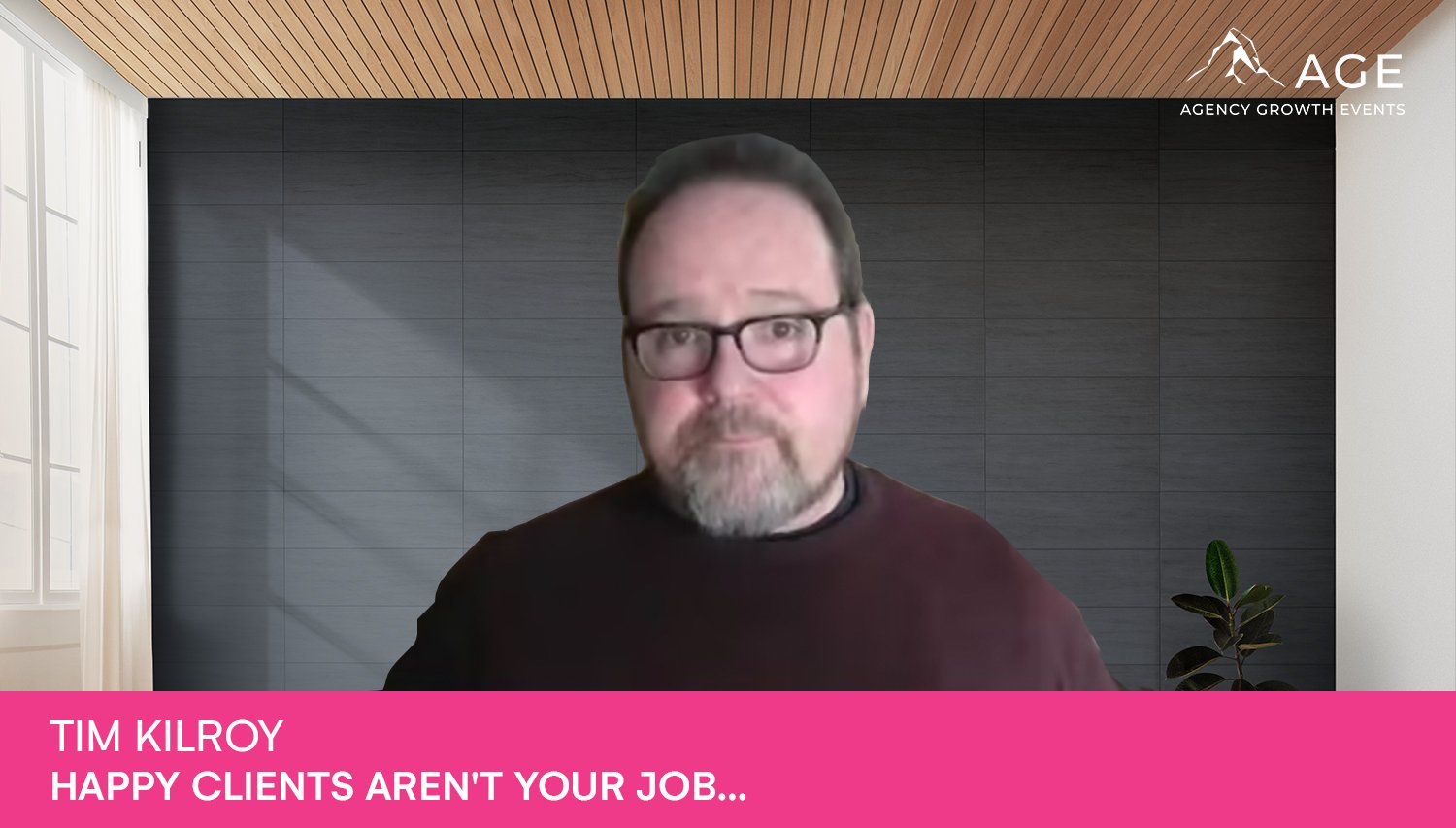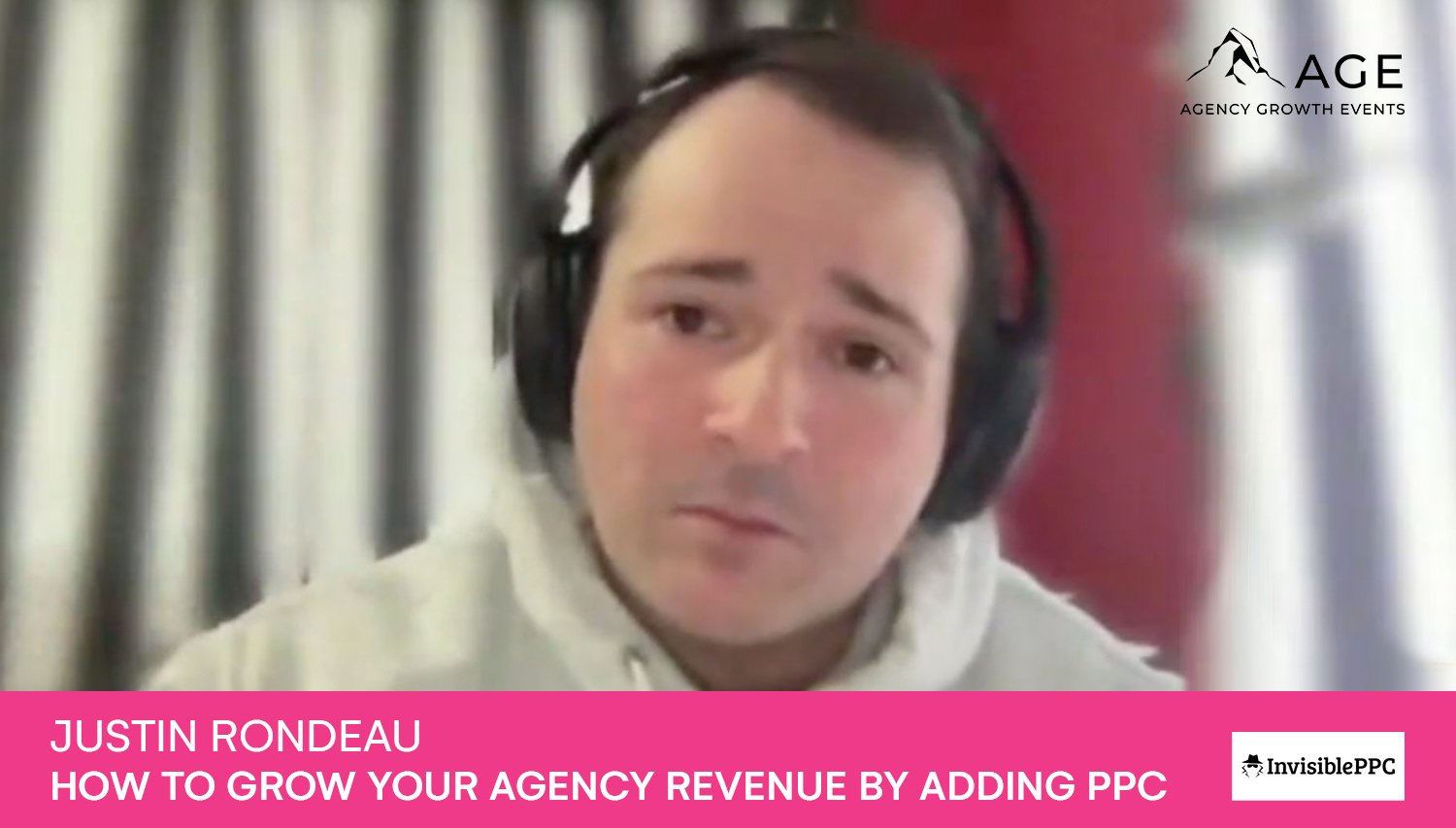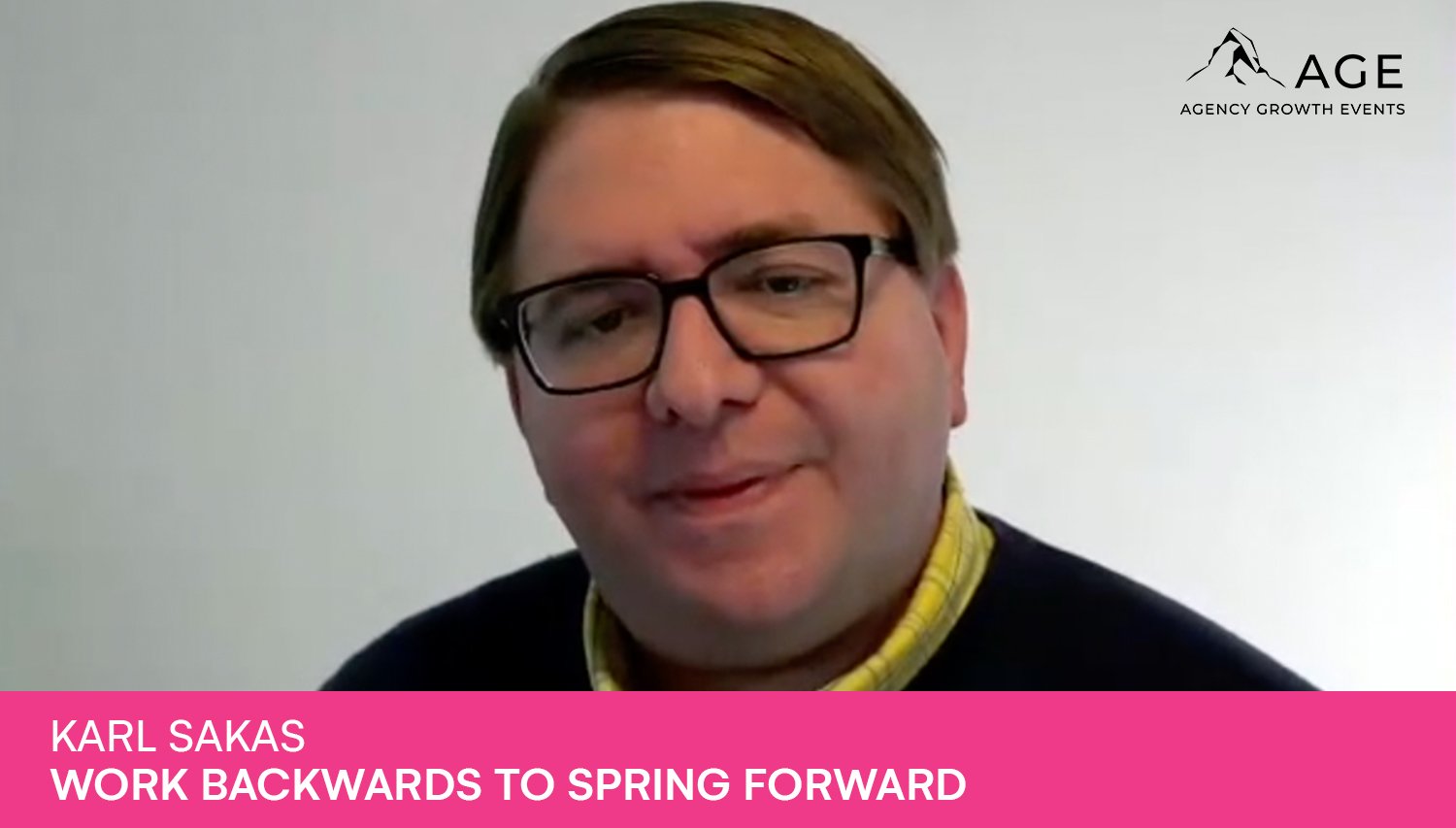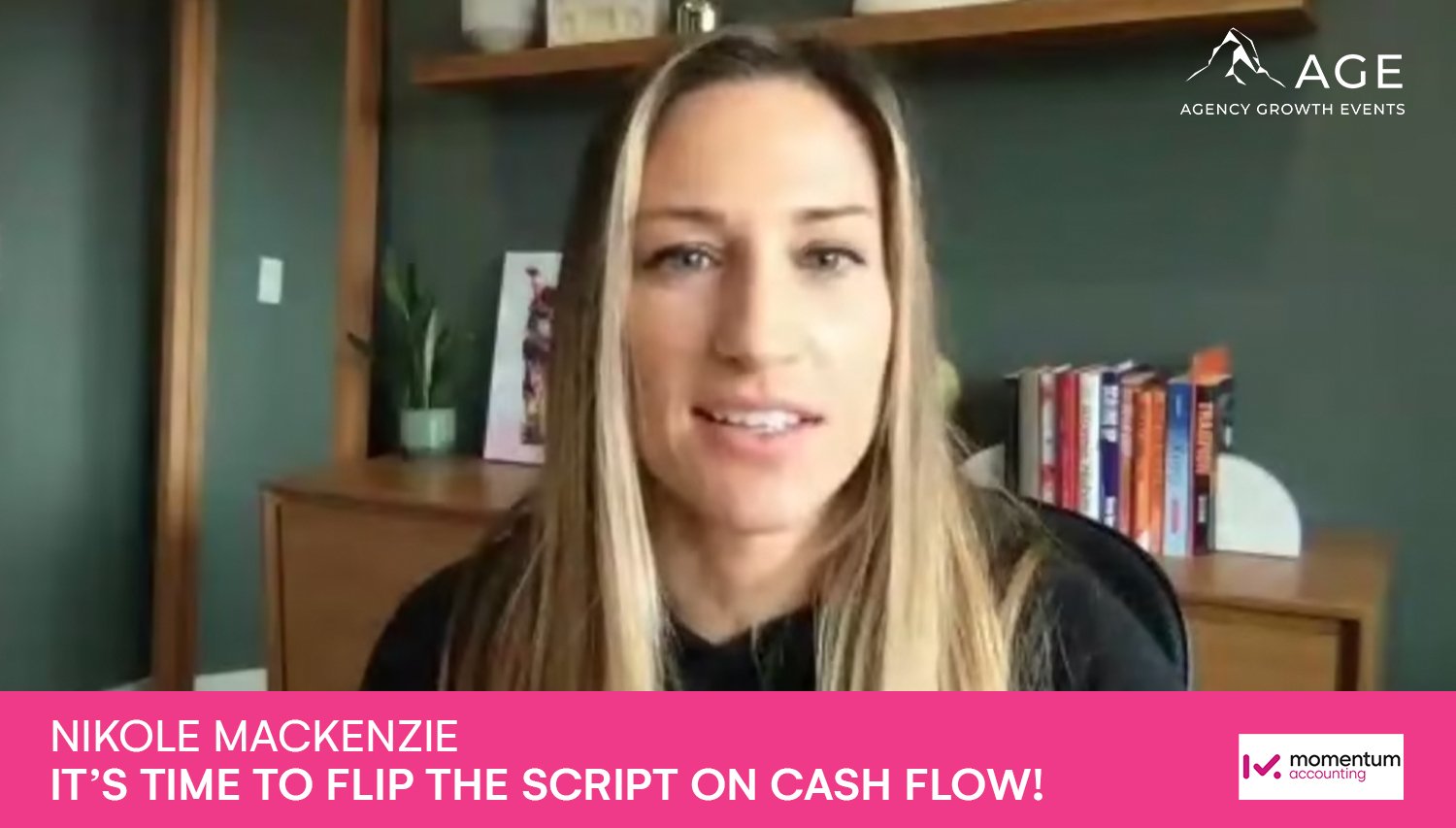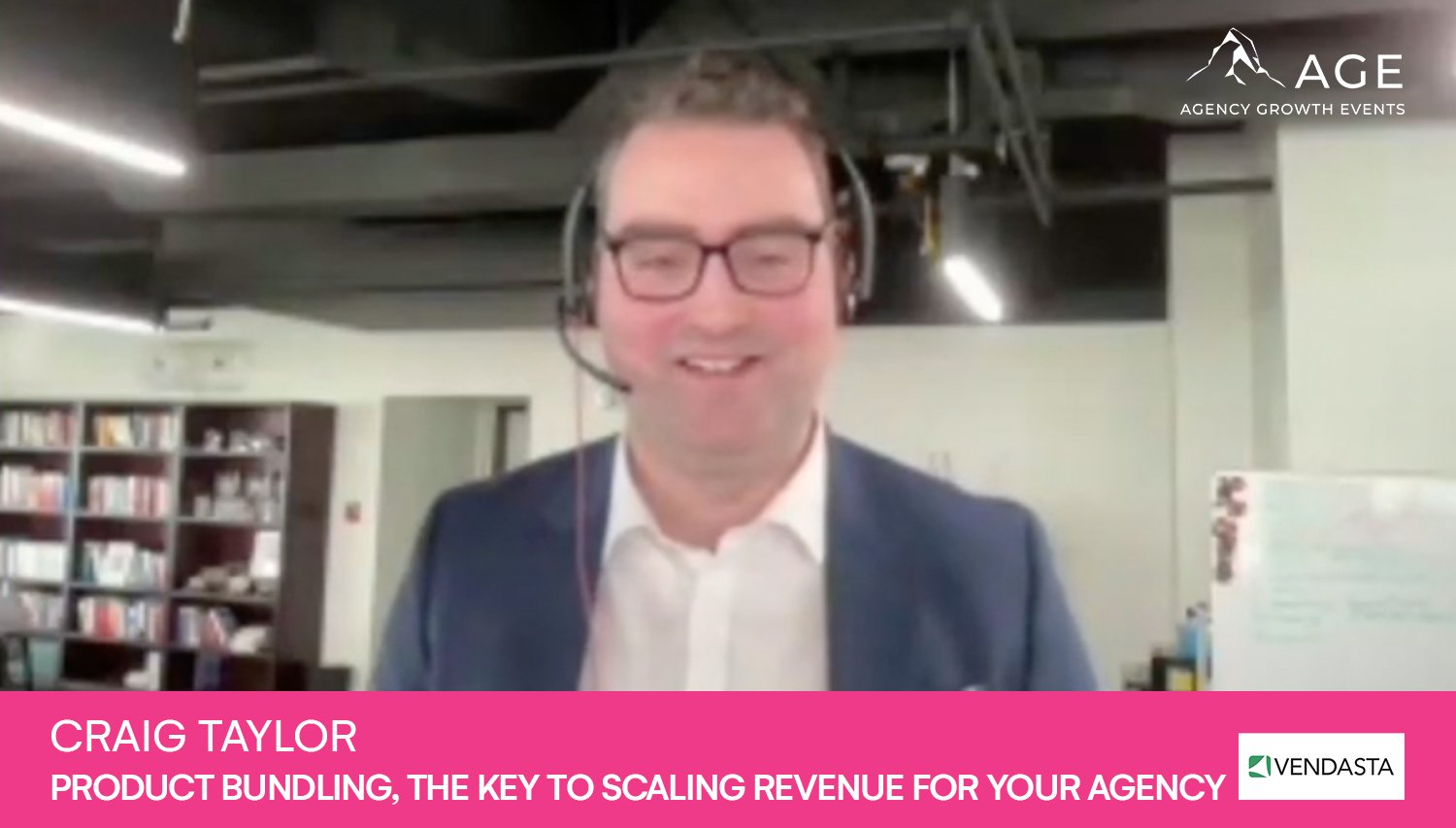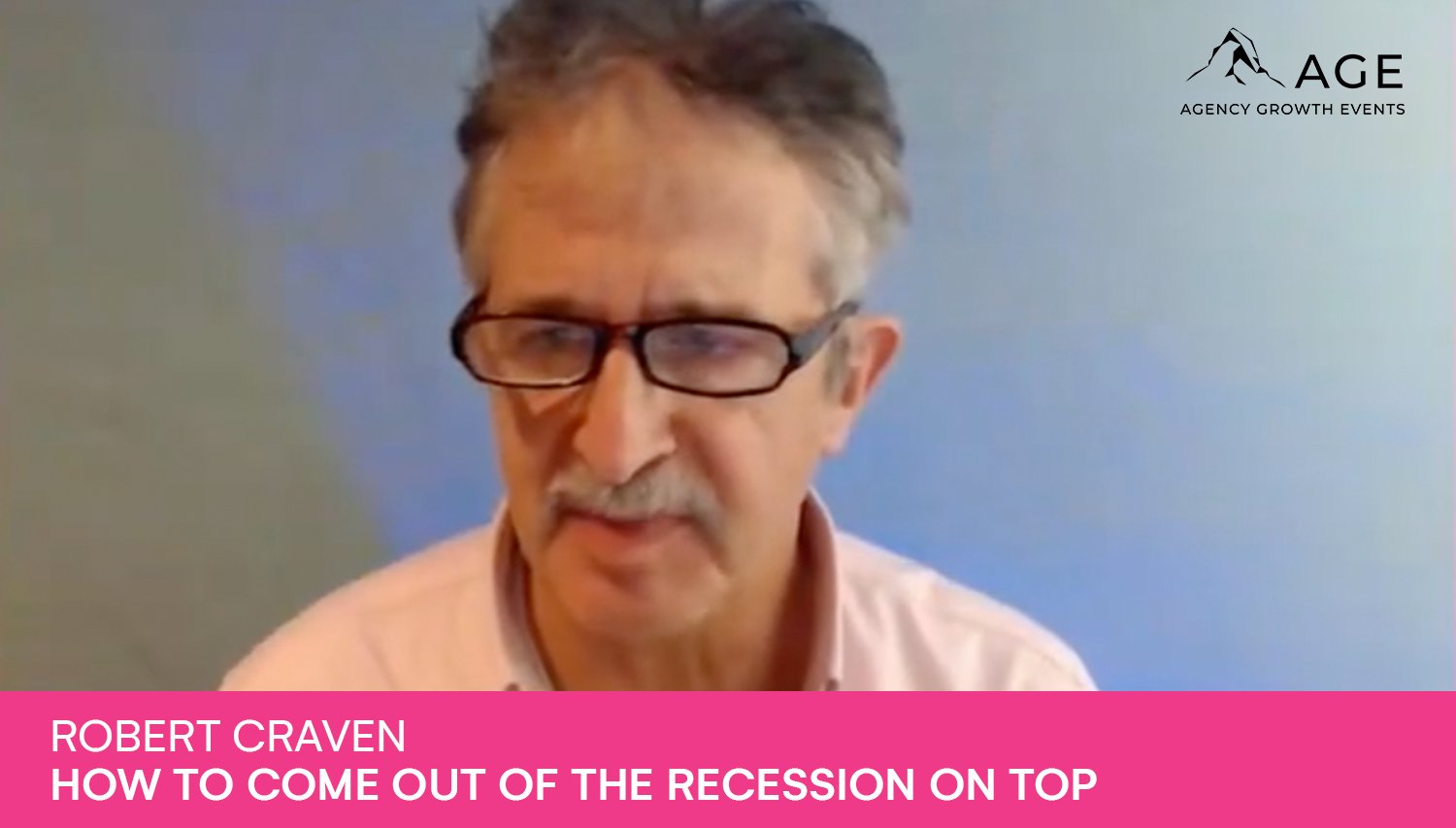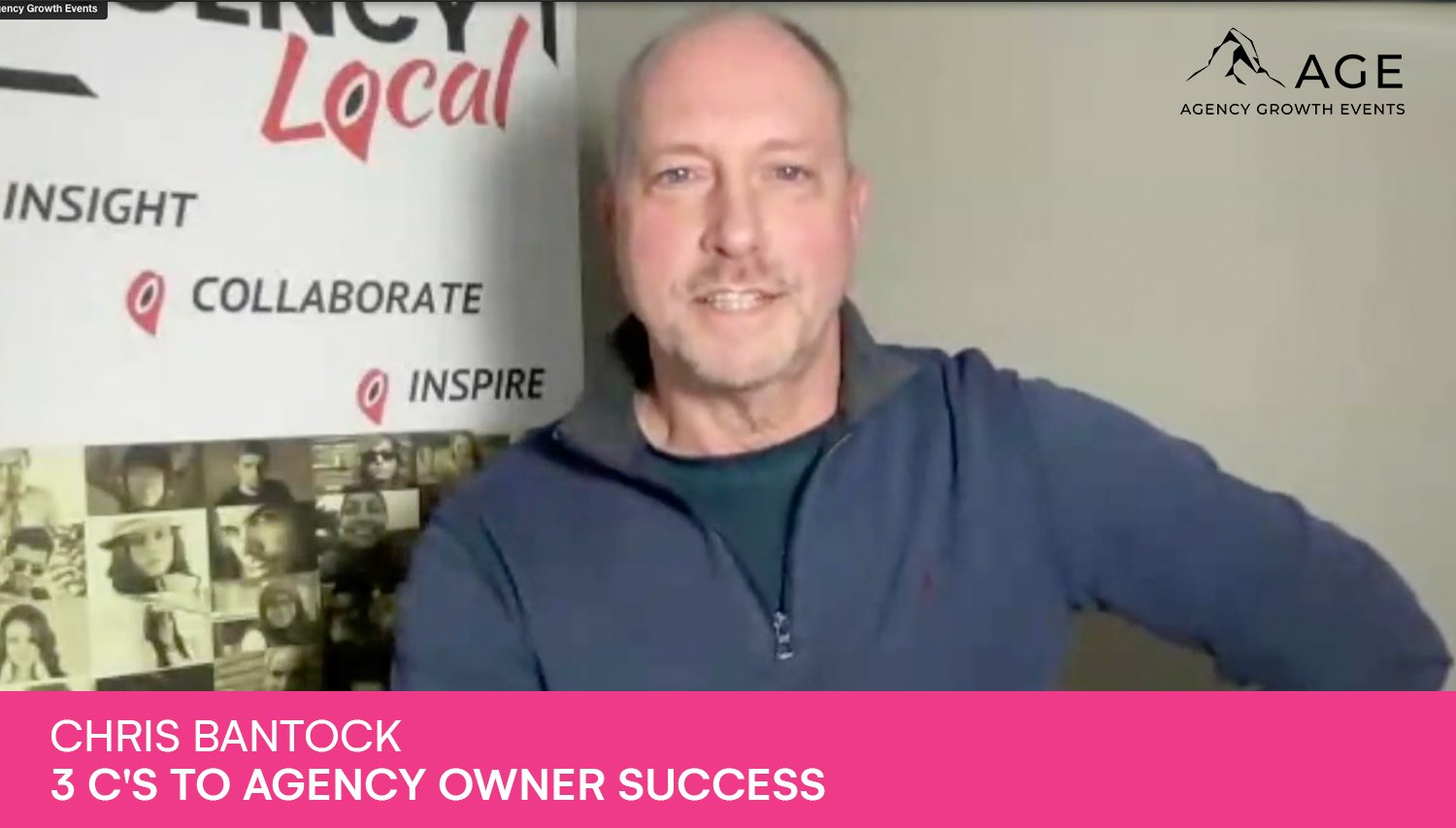S1-E13: Agency Pricing Secrets, Rory Spence, The Wow Company
Agency Pricing Secrets: How to set your Agency Rate?
We've talked to Rory Spence, Benchmarking Expert at The Wow Company on How Marketing Agencies should price their service offerings.
This talk was recorded live at "The Brands SUMMIT by AGE" on December 2021 as part of our agency growth secrets track.
When it comes to digital marketing agency pricing, it's important to remember that you're running a business and need to make a sustainable profit to continue your services. Charging too low can devalue your services, while pricing too high can scare potential clients away. It's important to find the right balance to keep delivering value for your existing clients whilst winning new business consistently. To unlock true Agency Growth, you need to understand that competitive prices don't attract clients on their own, and you need to get on the maturity ladder to move towards a value-based model and align your fee structure with the business goals of your clients.
But before we debate the right pricing model for your digital agency, you need to look at three things:
First, you need to determine what your overhead costs are. This includes things like rent, utilities, and office supplies. Once you have that number, you can start to determine your agency's profitability.
Then, you need to decide what type of work you want to do. Are you looking for long-term client retention or short-term projects like a one-off website development project? What are your specialty digital marketing services? Once you have an idea of what you want to charge, research what other agencies are charging for similar services. You don't want to price yourself out of the market, but you also don't want to be too cheap. Marketing agency pricing is an art as much as a science.
Finally, be prepared to haggle with potential clients, especially if they are small business owners. Many will try to negotiate a lower price, but if your rates are fair and in line with the market, you should be able to stand your ground. Charging the right price for your services is important for the health of your digital agency. For this, you need to do your homework and study not only the hourly rates but the agency pricing models of your competitors.
Luckily for you, Rory shared findings from the annual Benchpress study that benchmarks thousands of marketing agencies in the UK and has a special focus on marketing agency pricing. First, they looked at "How agencies price typically?" and came up with six pricing models marketing agencies use. These are:
Fixed
Time & Materials
Agile Pricing
Value-Based Pricing
Performance-Based pricing model
Licensing
Agency Pricing Models
Fixed pricing
AKA flat fee, retainer model pricing is the most common and straightforward pricing model used by most agencies, with an 87% adoption rate. The popularity of this agency pricing model comes from the ease of use and communication it provides. This way your customer has the peace of mind of a fixed price service, whilst you constantly fight scope creep.
Time & Materials
This is a step up from a flat fee model but it's still not flexible enough, and hard to achieve higher profitability due to the lack of an upsell opportunity for your agency. You need to hone your project management skills to keep up with the client reporting needed to make this agency pricing model work. You'll need to be transparent about ad spend, hourly pricing, any upfront costs, and associated costs.
Agile
This is where you separate one big project into different parts and price them all differently. You'd price phase 1, deliver it and simultaneously price phase 2 with a new scope and a new price, and so on. You can think of this as rolling project-based pricing where you need to be very precise on your project costs. This might quickly turn into an endless sales process where you need to convince your customer over and over again. So before opting for a project-based model make sure your client is ready for this.
Value-based
The value-based pricing model is where only 23% of Agencies feel confident enough to operate. This is where you can demonstrate specialization in certain marketing services for a certain market and command a leading price point. You might be specialized in social media management, content creation, email marketing, lead generation, community management, seo services or some other emerging digital marketing trends, and have domain expertise and a client roster in healthcare or some other industry. That is the genesis of value pricing.
Performance-based and Licensing
These are advanced agency pricing models that might require certain types of clients (e-commerce, corporates, etc.) to prove useful, hence the low utilization rates of 12% and 6% respectively. You'd have to master multiple pricing models and have put a specific pricing strategy in place to go this far in the sophistication of your business goals.
One more aspect to consider
With all this in mind, it's important to do your homework and study the agency pricing models of your competitors before deciding on your final pricing model. And regardless of how you choose to charge your client, you need to understand your hourly cost and make sure the agency fees you set translate to an hourly rate above that.
There are two approaches to setting your hourly rate model:
Blended hourly rate
Where you set one level for the whole agency, regardless of whoever is working on the account. Easier to manage and communicate, easier to get new business, easier to achieve client retention, easier to manage the sales process. But profitability will remain under pressure as you won't have any levers to raise your rate once it is set.
Tiered hourly rates
Where you set different rates for different levels of seniority in your digital agency. Harder to communicate and harder to get new business, as your clients will surely like to debate why a "director" is needed to X, and surely a "manager" could do Y. But you can rest assured that your profitability will be much higher.
As a matter of fact, profitability for Agencies that use Blended rates sits at 39% whilst Agencies that use Tiered Rates achieve 48%. Now that's a 23% jump in profits!
Now let's look at the actual marketing agency hourly rates
Here's a chart on the hourly agency rates, distributed per level or expertise, in marketing agencies in the UK. The first thing that jumps out is that the top 10% of marketing agencies charge on average 2X what a marketing agency in the bottom 25% charges. Add to that the hourly rate difference of another 2X between a junior member's rate and a Director's, you'll understand how varied the landscape actually is. A Tiered hourly rate-based pricing strategy benefits from these nuances to raise your overall fees.
Agency hourly rates in the UK
Once you get your hourly rate right, it's time to look at how you present it
Three words:
Good / Better / Best offering
Whatever you do, you need to pitch it in three forms. The actual scope and delivery you'd like to achieve being the middle option, you need to present a Premium offer above that (at a much higher price point of course) and one low-cost option that doesn't deliver as much value.
The premium offer will create a price point and a list of value-added services in your client's mind. This is called anchoring high. Even if they won't take it today, they'll know that you can provide even more value to them in the future. The services you've listed and not sold, is a potential future upsell and also the start of productization of your services. More on this here at Lee Goff's presentation here
The low-cost option, although it looks really good financially, will create a Fear of Missing Out on all the value your agency can acutally provide to your customers. Trust us, nobody wants to miss out on anything.
And Voila! The middle option, your real pitch, wins hearts and minds as the best of both worlds, a bundle of valuable services at an edible price point.
You can read Blair Enns' book, Pricing Creativity for a masterclass on this.
One last tip
Don't forget, that pricing negotiation is a confidence game. You need to start high with new clients but also don't forget about your existing clients.
Once you've done your homework and start to raise your rate card consistently, you need to feel comfortable about calling your existing clients and showing them the rate card of new clients and ask:
"How would you feel about bridging that gap?"
You might be surprised by how many positive responses you might get. And even if it's a no, you know where you stand and now can plan to perhaps let go of that customer and replace them with a new one that is ready to pay the new rate card.
Before you go
Most of the strategies we've discussed in this post and so much more are covered in Peter Czapp's talk here:
S1-E2: Achieving Super Profitability at Your Agency- Peter Czapp
Executive Summary
It's evident that setting your agency pricing model is an important task, but it can be daunting to try and figure out where you should start. Our advice is to tie your rates to tiers of seniority in your company, as this will help you communicate better with clients and also raise your overall profits. Remember to present three versions of your services- a good, a better, and a best offer- to help increase your chances of selling the middle option. And finally, don't forget that pricing negotiation is a confidence game: start high with new clients, but also be prepared to show your existing clients why they should pay the new rates. Just like ad agency pricing structures, digital agencies use similar models that become industry norms, so make sure you analyse your competitors.
Good luck!



